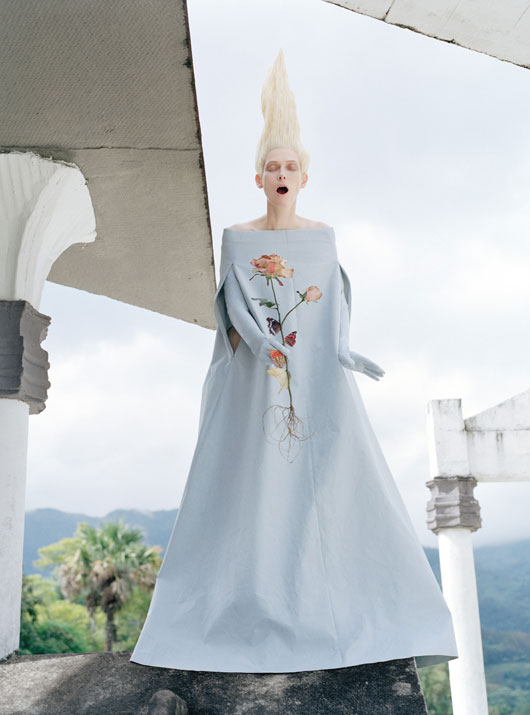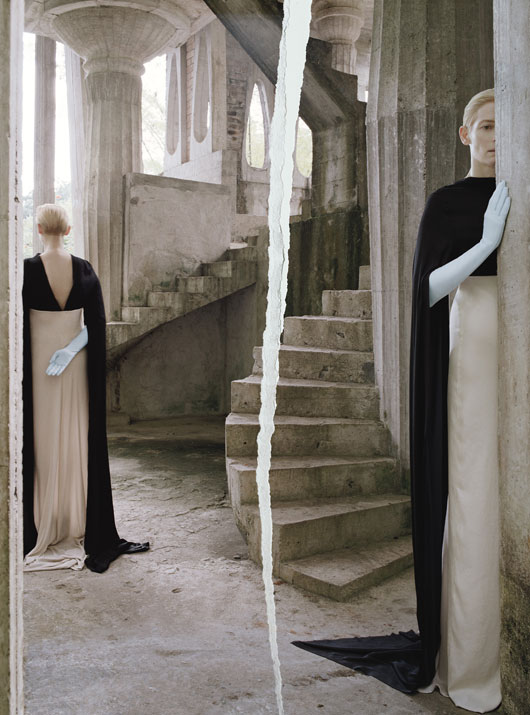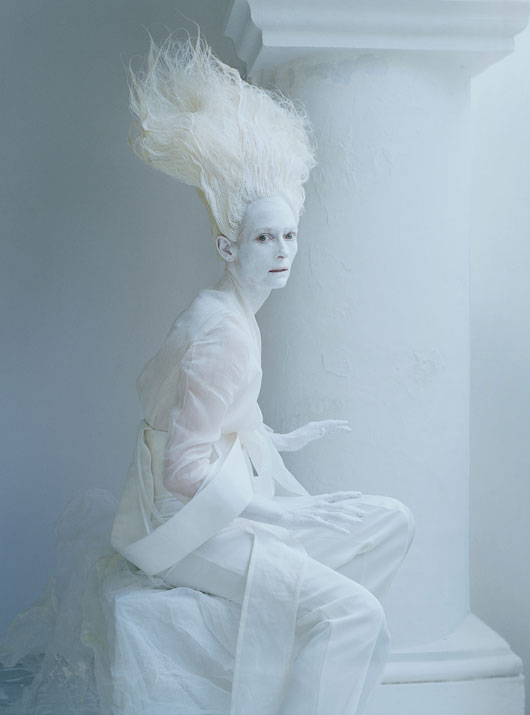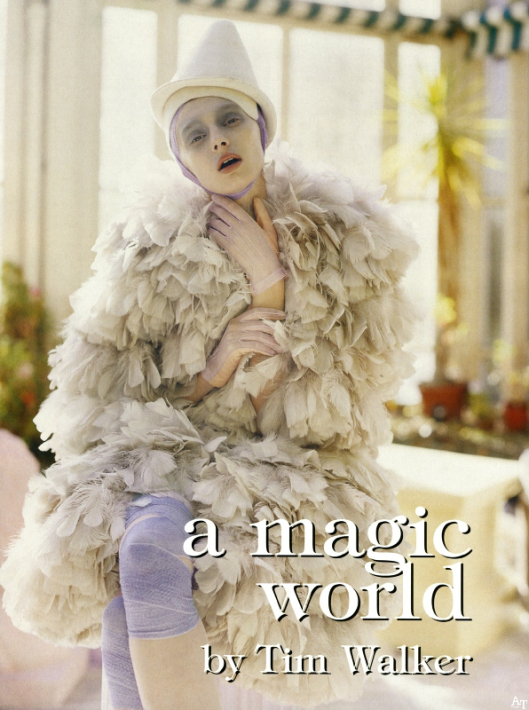Blazon
For the Countess of Peralta
The snow-white Olympic swan,
with beak of rose-red agate,
preens his Eucharistic wing,
which he opens to the sun like a fan.
His shining neck is curved
like the arm of a lyre,
like the handle of a Greek amphora,
like the prow of a ship.
He is the swan of divine origin
whose kiss mounted through fields
of silk to the rosy peaks
of Leda’s sweet hills.
White king of of Castalia’s fount,
his triumph illumines the Danube;
Da Vinci was his baron in Italy;
Lohengrin is his blond prince.
His whiteness is akin to linen,
to the buds of the white roses,
to the diamantine white
of the fleece of an Easter lamb.
He is the poet of perfect verses,
and his lyric cloak is of ermine;
he is the magic, the regal bird
who, dying, rhymes the soul in his song.
This winged aristocrat displays
white lilies on a blue field;
and Pompadour, gracious and lovely,
has stroked his feathers.
He rows and rows on the lake
Where a golden gondola waits
For the sweetheart of Louis of Bavaria.
Countess, give the swans your love,
for they are gods of an alluring land
and are made of perfume and ermine,
of white light, of silk, and of dreams.
Ruben Darío
 Photo: Bruce Weber
Photo: Bruce Weber
 Carmen Dell’Orefice by Norman Parkinson, 1980
Carmen Dell’Orefice by Norman Parkinson, 1980
 Swaroski logo
Swaroski logo
 Bathyllus in the swan dance, Aubrey Beardsley
Bathyllus in the swan dance, Aubrey Beardsley
 Henri Matisse making a study of a swan in the Bois de Boulogne, c. 1930
Henri Matisse making a study of a swan in the Bois de Boulogne, c. 1930
 Advertisement illustrated by René Gruau
Advertisement illustrated by René Gruau
 Illustration to Garcia Márquez’s short story Bon Voyage Mr. President, by Josie Portillo
Illustration to Garcia Márquez’s short story Bon Voyage Mr. President, by Josie Portillo
 Still from The Black Swan (Darren Aronofsky, 2010)
Still from The Black Swan (Darren Aronofsky, 2010)

 Anna Pavlova
Anna Pavlova
 Still from The Twilight Saga: Breaking Dawn – Part 1 (Bill Condon, 2011)
Still from The Twilight Saga: Breaking Dawn – Part 1 (Bill Condon, 2011)
 Helena Bonham Carter
Helena Bonham Carter
 Laetita Casta. Photo: Mario Testino
Laetita Casta. Photo: Mario Testino
 Uma Thurman and Mikahil Baryshnikov as The Swan Prince. Photo: Arthur Elgort
Uma Thurman and Mikahil Baryshnikov as The Swan Prince. Photo: Arthur Elgort
 Truman Capote styled his beautiful and wealthy female friends “swans”
Truman Capote styled his beautiful and wealthy female friends “swans”
 Accompained by Lee Radziwill and Jane Haward
Accompained by Lee Radziwill and Jane Haward
 With socialité Babe Paley in Paris
With socialité Babe Paley in Paris
 Escorting CZ Guest
Escorting CZ Guest
 Capote and Gloria Vanderbilt Lumet arrive at New York’s 54th Street Theatre for the opening performance of Caligula., 16 Feb 1960
Capote and Gloria Vanderbilt Lumet arrive at New York’s 54th Street Theatre for the opening performance of Caligula., 16 Feb 1960

 Gloria Vanderbilt ad campaigns
Gloria Vanderbilt ad campaigns
 Ludwig II (Luchino Visconti, 1972). He was sometimes called the Swan King
Ludwig II (Luchino Visconti, 1972). He was sometimes called the Swan King
 Mirror, Mirror (Tarsem Singh, 2012)
Mirror, Mirror (Tarsem Singh, 2012)
 Robert Redford and Mia Farrow in The Great Gatsby (Jack Clayton, 1974)
Robert Redford and Mia Farrow in The Great Gatsby (Jack Clayton, 1974)
 Leonardo di Caprio. Photo: Annie Leibovitz
Leonardo di Caprio. Photo: Annie Leibovitz
 Madonna. Photo: David LaChapelle
Madonna. Photo: David LaChapelle
 David Bowie
David Bowie
 Ad campaign featured in Vogue, January 1997
Ad campaign featured in Vogue, January 1997
 Tory Burch swan-print wedge sandalias
Tory Burch swan-print wedge sandalias
 Swan Evening dress by Charles James, 1951
Swan Evening dress by Charles James, 1951
 Kate Moss wearing a Givenchy gown by Ricardo Tisci, Spring-Summer collection 2011
Kate Moss wearing a Givenchy gown by Ricardo Tisci, Spring-Summer collection 2011
 Giles Deacon Spring-Summer 2012 collection
Giles Deacon Spring-Summer 2012 collection
 Erin O’Connor wearing a gown by Alexander McQueen. Photo: Tim Walker
Erin O’Connor wearing a gown by Alexander McQueen. Photo: Tim Walker
 Eglingham Children and Swan on Beach, Tim Walker, 2002
Eglingham Children and Swan on Beach, Tim Walker, 2002
 Cover of W magazine. Modern Beauty issue. May 2013
Cover of W magazine. Modern Beauty issue. May 2013 Givenchy by Riccardo Tisci dress; Cornelia James gloves
Givenchy by Riccardo Tisci dress; Cornelia James gloves Vera Wang Collection dress; Vicki Beamon lips and fingertips; Cornelia James gloves
Vera Wang Collection dress; Vicki Beamon lips and fingertips; Cornelia James gloves Maison Martin Margiela dress and gloves
Maison Martin Margiela dress and gloves Ann Demeulemeester dress; Cornelia James gloves
Ann Demeulemeester dress; Cornelia James gloves Balmain jacket; Max Mara jacket; Swinton’s own Olivier Saillard gloves
Balmain jacket; Max Mara jacket; Swinton’s own Olivier Saillard gloves Rochas dress; National Theatre Costume Hire underskirt; Cornelia James gloves; Céline pumps
Rochas dress; National Theatre Costume Hire underskirt; Cornelia James gloves; Céline pumps Angels the Costumiers cape; Gucci gown; Vicki Beamon mask; Cornelia James gloves
Angels the Costumiers cape; Gucci gown; Vicki Beamon mask; Cornelia James gloves Azzedine Alaïa top, skirt, and shoes; Emilio Cavallini bodysuit; Alexander McQueen headpiece
Azzedine Alaïa top, skirt, and shoes; Emilio Cavallini bodysuit; Alexander McQueen headpiece Louis Vuitton dress and shoes; Cornelia James gloves; Emilio Cavallini tights
Louis Vuitton dress and shoes; Cornelia James gloves; Emilio Cavallini tights Haider Ackermann shirt and trousers
Haider Ackermann shirt and trousers Mary Katrantzou dress; Cornelia James gloves
Mary Katrantzou dress; Cornelia James gloves Giorgio Armani blouse, skirt, and pants; Haider Ackermann dress; Ann Demeulemeester top; Cornelia James gloves; Prada gaiters and socks
Giorgio Armani blouse, skirt, and pants; Haider Ackermann dress; Ann Demeulemeester top; Cornelia James gloves; Prada gaiters and socks












































































